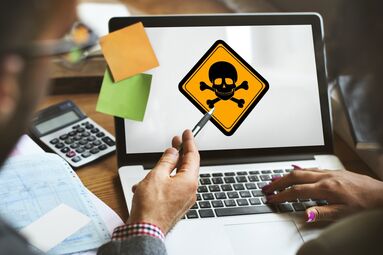In recent weeks, UBA has issued reports on studies dealing with the use of rodenticides in pest control in three publications:
- 142/2020 Alternatives to biocide use: reducing the use of biocides – review of alternatives to biocide use (July 2020).
- 145/2020 Investigate the causes of detected water pollution with rodenticides (EPT substances) and develop risk reduction measures to protect the aquatic environment (July 2020).
- 159/2020 Effectiveness and further development of risk reduction measures for the use of anticoagulant rodenticides applied as biocides with high environmental risk (August 2020).
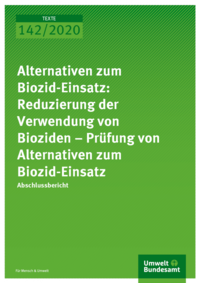
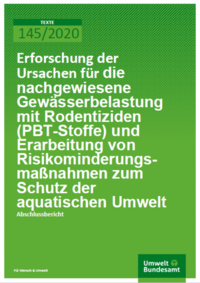
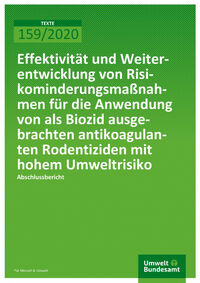
ENVIRONMENTAL TRANSFER ON MANY GROUNDS
In the case of outdoor baiting with rodenticides studied, it is clear that this method also contributes to environmental input via several pathways: even when baits are correctly placed according to the RMM, heavy rainfall and flood events lead to leaching of the active ingredients into surface water. Beyond the known primary poisonings in non-target animals such as shrews, the exposure of songbirds was included and investigated for the first time. Here, too, the figures are alarming: Almost 30 % of the songbirds examined were contaminated with residues of anticoagulant agents from pest control, above all robins, dunnocks, great tits and chaffinches.
They enter bait stations firstly to search for food and secondly to feed on invertebrates that have previously eaten from the bait. Songbirds also carry the load through the food chain (prey predators). Possible secondary poisoning was investigated via red foxes, where almost 60% of the examined animals were contaminated! And even if the rat that previously ate from the bait is not found by a predator but dies somewhere undercover, the active ingredient it contains contributes to the environmental input.
Alternatives to rodenticide use have been available for years. Mature, effective, economical:
- Impact traps in sewers, which have been used in large numbers for many years in Denmark, for example, and have led to a 98% (!) reduction in the amount of rodenticides applied to sewers in the communities studied. The method is recognized by UBA as a suitable, humane and efficient method for rat control.
- Cover caps that prevent rats from entering and retreating through manhole covers.
- Visual monitoring, also possible with the help of cameras, to see what the situation actually is.
- Digitally monitored trapping systems with different technological processes.
- Integrated control concepts, which people like to talk about, but which are far too rarely actually developed and implemented.
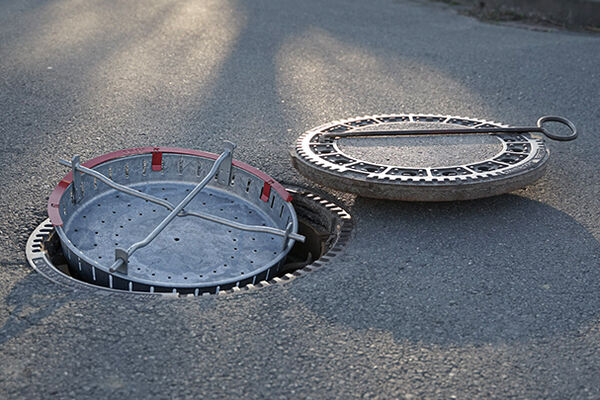
CHANGE URGENTLY NEEDED
The published study results clearly show that there is an urgent need to minimize the application of anticoagulant agents classified as vPBT substances. For years, the market has offered mechanical and electrical trapping systems for rodent monitoring and control, which have proven themselves in practice in many applications. In addition, innovative market players are continuously developing new systems whose reliability and practicality are constantly increasing. In my opinion, anticoagulant rodenticides can no longer be used responsibly in most cases: The need is often not there and the environmental risks are far too high.
It would do the industry good to look at the alternatives and try them out instead of remaining biased in old ways of doing things. The situation reminds me a little of the automotive industry: holding on to outdated business models for a long time until forced to rethink by legislators and innovative competitors, some of them from completely different industries – although the drastic loss of market share and jobs to be expected there should give pause for thought.Do you agree?
Personally, I’m very confident that rodenticides will be greatly reduced this decade. Even if not, you can see from the figures of the leading international service companies that they have gradually decided to drastically reduce rodenticides. So it’s going to happen no matter what the main drivers are, and I haven’t even talked about food standards. This will certainly spread vertically in the world. From a farm, to production, to the supermarket, it will have an impact. They, too, will act more responsibly and sustainably, and I am quite sure that one day they will be even more connected to the IPM pyramid than ever before.
